Surface Irrigation Methods, Irrigation Engineering | Irrigation Engineering Notes - Agricultural Engineering PDF Download
Surface Irrigation Methods
Surface irrigation methods refer to water application through gravity flow to the cultivated land. Water is applied either the entire field (uncontrolled flooding) or part of the field (furrows, basins, border strips). For efficient application of water it is important to select the method of irrigation which best suits the crop and soil characteristics of the field. In doing so it may be essential to use more than one method of irrigation in an area or a given farm (shown in Fig. 30.1).
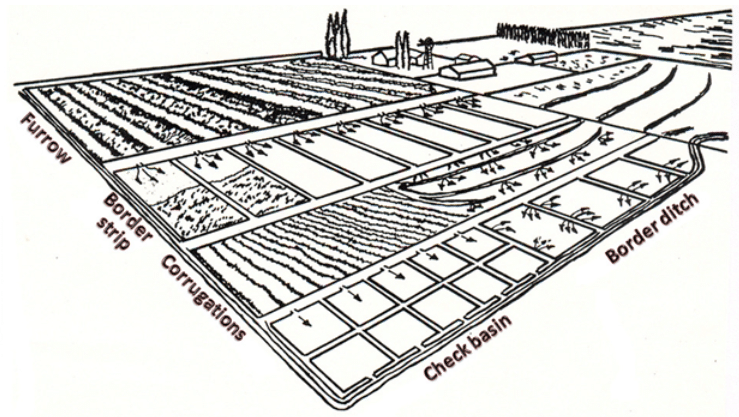
Fig. 30.1.Different methods of irrigation on a farm.
The factors which determine the suitability of any method of irrigation are local conditions (soil type - its permeability & water storage capacity; land topography, climate, water availability & water quality), crop type, type of technology, previous experiences, required labour inputs etc. Good yield of crops can be obtained from irrigated land only if the water is applied judiciously to meet the needs of the plant. Fig. 30.2 provides a brief classification of surface irrigation methods. Irrigation Method can be broadly classified into three categories.
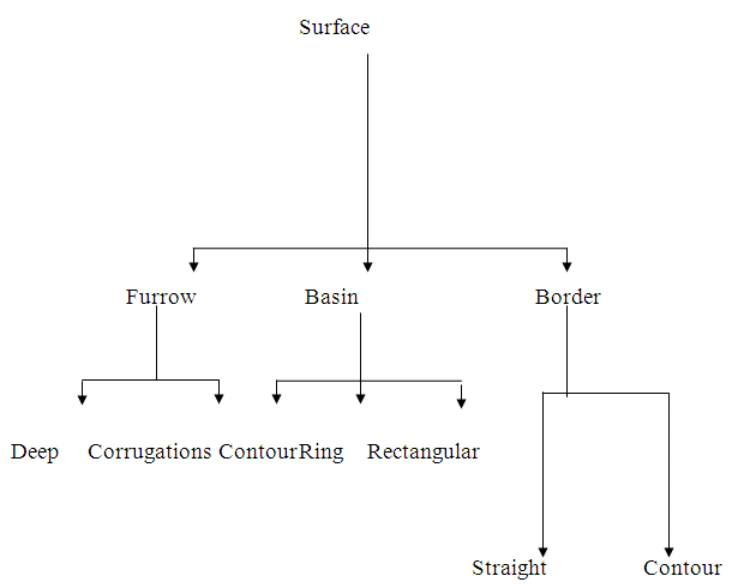
Fig.30.2.Classification of surface irrigation methods.
Surface irrigation methodscan also be divided into the following two groups
- Uncontrolled Surface Flooding
- Controlled Surface Flooding
30.1.1 Uncontrolled Surface Flooding or Flooding
It consists of applying water to the field without any bunds to guide the flow of water wetting the soil surface completely. Generally it is practiced only when irrigation water is abundant and where land levelling is not followed (shown in Fig 30.3). Sometimes it is also adopted in the initial stages of land development. This method is most commonly used for irrigation of crops sown by broadcasting method viz., rice, low value pastures, lawns and millets etc.
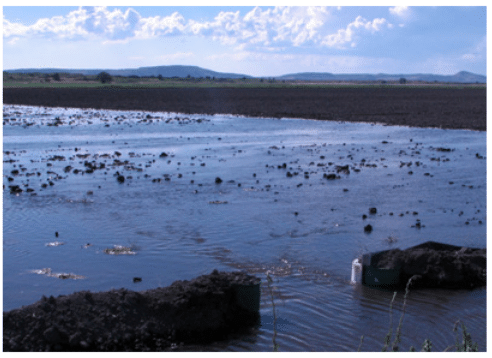
Fig.30.3.Wild flooding.
Advantages:
- No land levelling & land shaping required
- Low labour and land preparation costs
- Less skill required by irrigator
Disadvantages:
- Applied water is lost by deep percolation & surface runoff
- Low irrigation application efficiency
30.1.2 Controlled Surface Flooding
30.1.2.1 Basin Irrigation
In this method the field is divided into square or rectangular plots of 4 to 4000 m² guided by bunds on all the sides (Fig. 30.4). In some cases (ring basin) the plot may also be circular. This method is usually practiced in nearly levelledlands and hence the depth of wetting is more uniform in this method. However, it is particularly useful on fine textured soils with low infiltration and percolation ratesso that the water is retained on the surface and in the root zone for a longer period of time. The field channels supply water to each basin, during which the basins are filled to desired depth and water is retained until it infiltrates into the soil. This method is most commonly used for irrigating crops like groundnut, finger millet, sorghum, vegetable crops etc. Basin irrigation is generally not suited to crops which cannot stand in wet or waterlogged conditions for periods longer than one day. These are generally tuber and root crops like potato, cassava beet and carrot. Basins are also used for leaching salts below the crop root zone depth by percolating water in the reclamation of saline soils.
Basins are mainly of two types:
- Check basin (square or rectangular in shape)
- Ring basin (circular in shape)
30.1.2.1.1 Check Basin
The size of check basins may vary from one meters square, used for growing vegetables and other intensive cultivation, to as large as one or two hectares or more, used for growing rice under wet land conditions. The shape and design of basins generally depends on the topography of the area it is being designed for. Check basins can be further divided into rectangular and contour types.
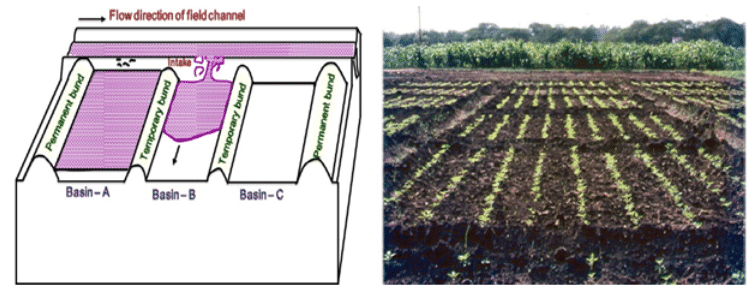
Fig.30.4.Check basin method of irrigation.
Advantages:
- Water can be applied uniformly.
- Even small streams can be used for irrigation of crops efficiently.
- Simple and cheap when equipment is used for constructing bunds
Disadvantages:
- Unless the land is levelled, distribution of water in plot is uneven.
- Considerable area is lost under field channels and bunds i.e. nearly 30% of area.
- Bunds interfere in working of inter-cultivation equipment
- More labour is required for field layout and irrigation
30.1.2.1.2 Ring Basin Method
This method is a modification of check basin method and is suitable for sparsely grown orchard crops and cucurbits (Fig. 30.5). In this method a circular bund is constructed around each tree/plant or group of plants/trees to create a basin for irrigation. These basins are suitably connected to irrigation conveyance channels in such a way that either each basin is irrigated separately or a group of basins are irrigated at once by flowing water from one basin to another through inter- connections. 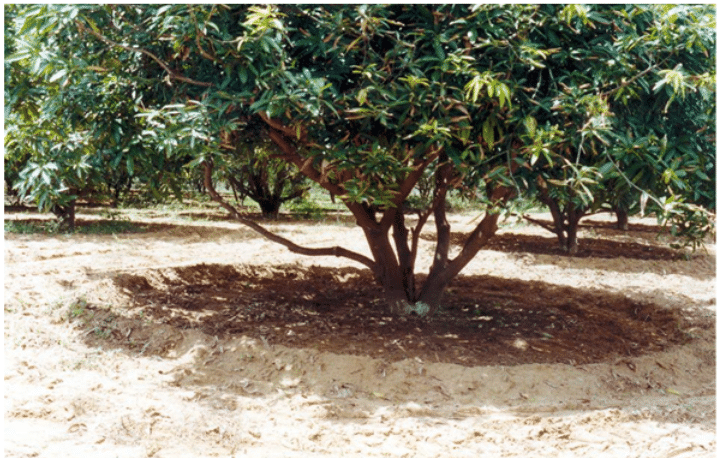
Fig.30.5.Ring basin method of irrigation.
Advantages:
- High irrigation application efficiency can be achieved with properly designed system
- Unskilled labour can be used
Disadvantages:
- High labour requirement
- Bunds restrict use of modern machinery in the field
- Limited to relatively uniform lands
30.1.2.2 Border Irrigation Method
In case of border irrigation, the field is divided into a number of long parallel strips, generally 5 to 15 m in width and 75 to 300 m in length separated by small border ridges or low dykes of about 15 cm (Fig. 30.6).
Irrigation water is released into each strip connected directly to irrigation channel situated at the upstream end of the border strip. The sheet of water advances towards the downstream (Fig30.6).After sufficient water is applied to one strip, the irrigation stream is turned into another strip. A specific requirement in border irrigation is that the longitudinal slope must be uniform, and the transverse slope must be zero or negligible (< 0.03%). This method is suitable for irrigating a wide variety of close growing crops such as wheat, barley, groundnut, bajra and berseem.
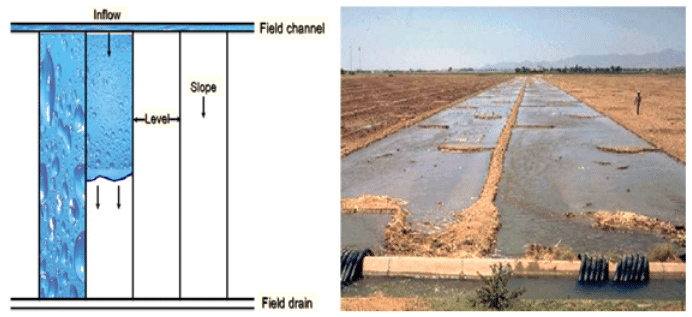
Fig.30.6.Border irrigation method.
Two types of borders are formed:
(i) Straight Border: These borders are formed along the general slope of the field. Theseare preferred when fields can be levelled or be given a gentle slopeeconomically.
(ii) Contour Border: These are formed across the general slope of the field and are preferred when land slope exceeds the safe limits. Based on the management strategy adopted, borders can be grouped into three major categories which are fixed flow, cutback and tail water reuse.
Advantages:
- Large water streams can be used safely
- Provides uniform wetting of soil profile
- Low labour requirement
Disadvantages:
- Requires relatively large water streams for quick advance of water to minimize deep percolation losses at the upper end of the border strip.
- Wastage of water by deep percolation in coarse textured soils.
30.2. Furrow Irrigation Method
Furrow irrigation system is primarily used for vegetables. Furrows are sloping channels dug in the soil with the crops being planted on the ridges. It has advantage that water is applied only in furrows instead of being applied on the whole field. This saves water and at the same timethe plant does not come in direct contact with water which is an added advantage as some plants, like vegetable crops,are very sensitive to ponded water. Infiltration occurs laterally and vertically through the wetted perimeter of the furrow thus the root zone of the crops gets the desired moisture.
On the basis of their alignment furrows may be classified into straight furrows (Fig30.7) and contour furrows (Fig30.8).
Based on their size and spacing furrows may be classified as deep furrows and corrugations. In general, small plants need small furrows; like vegetables need furrows of 7.5 to 12.5 cm depth while some row crops like orchards need much deeper furrows. Corrugation irrigation consists of running water in small furrows called corrugation which direct the flow down the slope. Corrugations (Fig 9) are V-shaped or U-shaped channels about 6 to 10 cm deep, spaced 40 to 75 cm apart.
It is commonly used for irrigating non-cultivated crops like small grains and pastures growing on steep slopes.

Fig.30.7.Straight furrow.
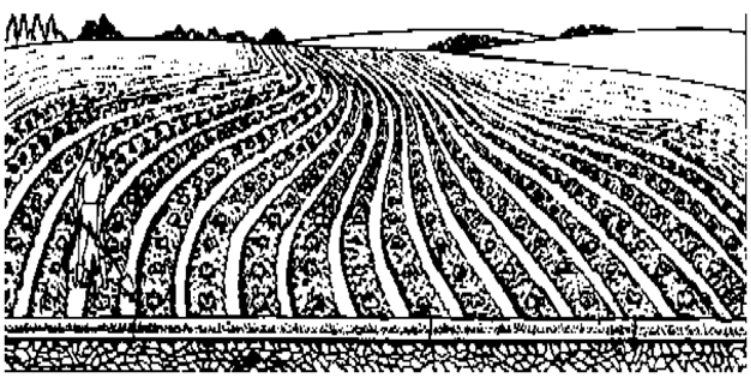
Fig.30.8.contour furrow irrigation system.
Advantages:
- Fairly high irrigation application efficiency among surface irrigation methods
- Furrows serve as field drains in areas of heavy rainfall
- Low evaporation losses
Disadvantages;
- Not suitable in coarse textured soils with high infiltration rates
- Possibility of intra-furrow soil erosion
- Labour intensive
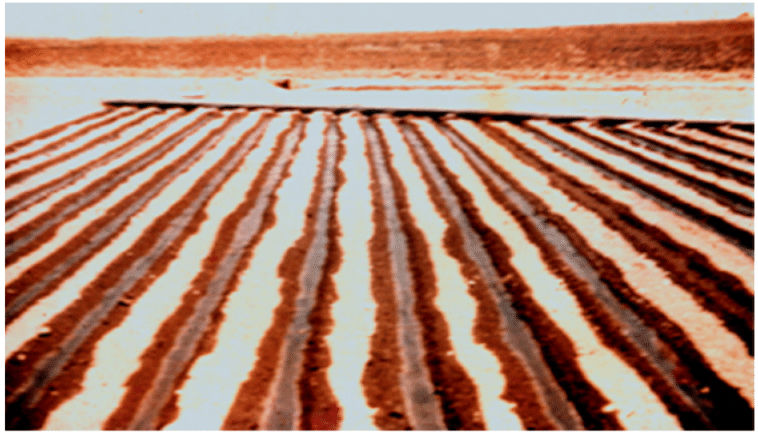
Fig.30.9.Corrugation system.
30.3 Criteria for Surface Irrigation Method Selection
The deciding factors for the suitability of any surface irrigation method are natural conditions (slope, soil type), type of crop, required depth of application, level of technology, previous experiences with irrigation, required labour input. Moreover the irrigation system for a field must be compatible with the existing farming operations, such as land preparation, cultivation, and harvesting practices.
The following outline lists a number of factors of the environment which will have a bearing on the evaluation of irrigation system alternates and the selection of a particular system. Not all points will be equally significant in each case, but the outline can serve as a useful checklist to prevent overlooking important factors:
30.3.1. Physical Factors
Crops and cultural practices are of prime importance while selecting an irrigation system.Hence, proper knowledge of agronomic practices and irrigation intervals is necessary for proper use of irrigation water and to increase water use efficiency.
The following physical factors need to be given due consideration.
Crop Parameters
- Tolerance of the crop to soil salinity during development and maturation.
- Magnitude and temporal distribution of water necessary for maximum production.
- Economic value of crop.
Soils Parameters
- Texture and structure;infiltration rate and erosion potential;salinity and internal drainage, bearing strength.
- Sandy soils have a low water storage capacity and a high infiltration rate. Under these circumstances, sprinkler or drip irrigation are more suitable than surface irrigation. Clay soils with low infiltration rates are ideally suited to surface irrigation.
- High intake characteristicrequire higher flow rate to achieve the same uniformity and efficiency.
- Crusting of soil and its effects on infiltration
- Reclamation and salt leaching- basin irrigation
- Spatial variability
Field Topography
- Uniform, mild slopes facilitate surface irrigation.
- Location and relative elevation of water source – water diversion, pumping
- Acreage in each field
- Location of roads, natural gas lines, electricity lines, water lines and other obstructions.
- Shape of field – non rectangular shapes are more difficult to design for
- Field slope – steepness & regularity
- Furrow&borders 2-6% maximum
Climate and Weather Conditions
- Under very windy conditions, drip or surface irrigation methods are preferred.
- Scalding (the disruption of oxygen-carbon dioxide exchange between the atmosphere and the root)& the effect of water temperature on the crop at different stages of growth -risk in basin irrigation.
- Irrigation with cold water early in the spring can delay growth, whereas in the hot periods of the summer, it can cool the environment— both of which can be beneficial or detrimental in somecases.
Water Supply
The following parameters are important:
- Source and delivery schedule
- Water quantity available and its reliability
- Water quality
- Water table in case of ground water source.
Availability and Reliability of Electricity
Availability and reliability of energy for pumping of water is of muchimportance.
30.3.2 Economic Considerations
The following points need to be considered while selecting irrigation alternatives.
- Capital investment required and recurring cost.
- Credit availability and interest rate.
- Life of irrigation system, efficiency and cost economics.
30.3.3 Social Considerations
- The education and skill of common farmers and labours available for handling the irrigation system
- Social understanding of handling of cooperative activities and sharing of water resources
- Legal and political considerations, local cooperation and support, availability and skill of labour and level of automatic control





















